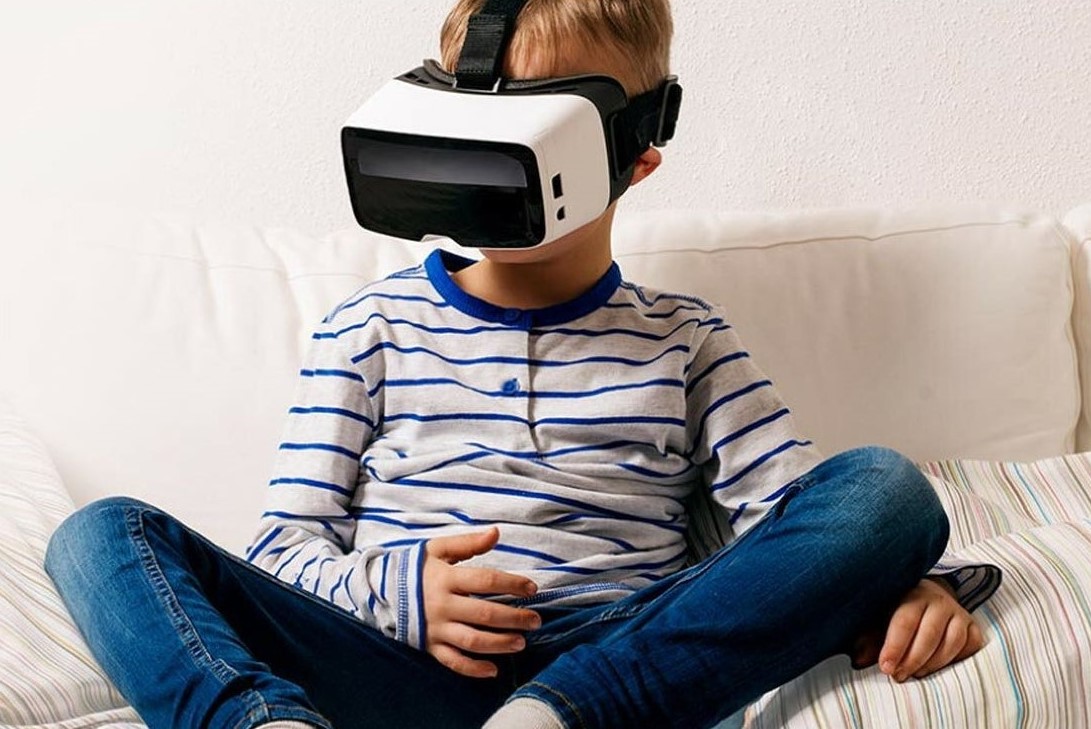TV shows to tackle amblyopia
Digital therapeutics company Luminopia has received the US Food and Drug Administration’s (FDA) De Novo premarket approval for Luminopia One, which uses TV shows to improve vision in children with amblyopia.
Luminopia One is designed for use with children aged four to 12 with amblyopia associated with anisometropia and/or with mild strabismus, having received treatment instructions from an eyecare professional. Children watch therapeutically modified TV shows within a virtual reality (VR) headset while algorithms modify the videos in real time to promote weaker eye usage.
“Amblyopia is one of the most common conditions I manage as a clinician, and patients, parents and physicians often struggle with current therapies,” said Luminopia advisor Dr David Hunter, ophthalmologist-in-chief and the Richard Robb chair of ophthalmology at Boston Children's Hospital, US. “The idea of prescribing TV shows and movies to treat amblyopia in children instead of eye patches or eye drops is an exciting prospect.”
The recent phase 3 trial (105 children) demonstrated the therapeutic’s safety and efficacy in amblyopia patients aged four to seven. At the 12-week primary endpoint, the visual acuity of the weak eye of patients in the treatment group improved 1.8 lines on average on a logMAR eye chart, compared to a 0.8-line improvement in the control group. In addition, 62% of patients in the treatment group showed a strong response, defined as a two-line or greater improvement, versus 33% in the control group. Importantly, Luminopia One was as effective in amblyopic patients who had a history of patching or atropine therapy (84%), authors noted. Median adherence to the prescribed dosage was 88% over the study period, substantially higher than the 48% adherence seen in similar studies with patching.
The company said the therapy should be prescribed for one hour per day, six days per week, for 12-week periods. It is expected to be launched in the US the second quarter of 2022.


























